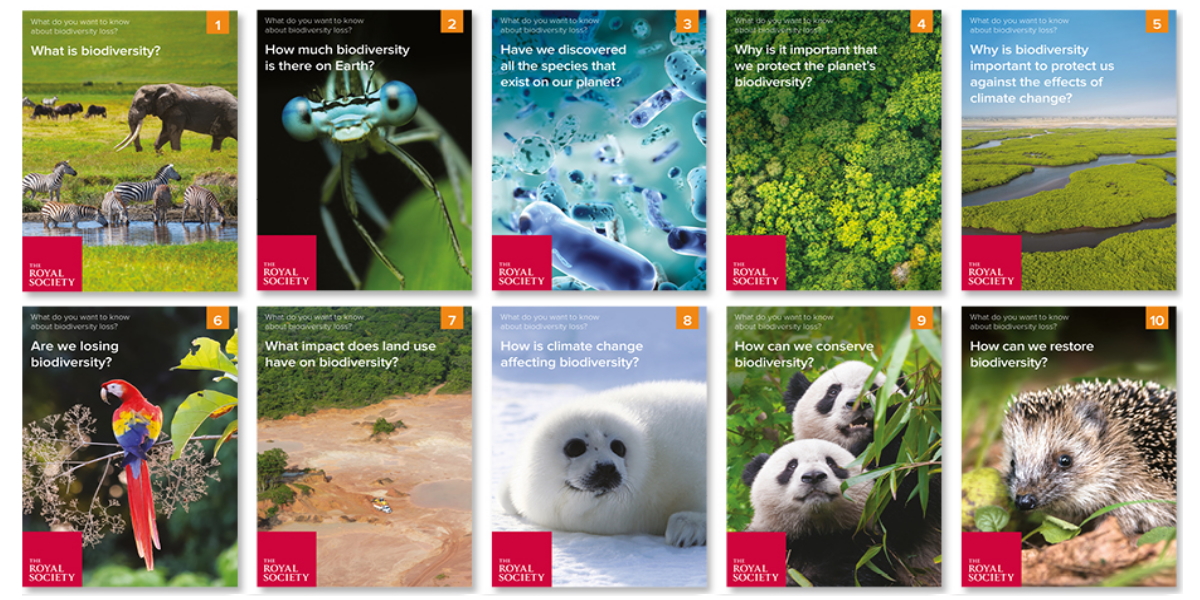Filters
Clear allSubject
- Careers (10) Apply Careers filter
- Climate Change (2) Apply Climate Change filter
- Cross curricular (2) Apply Cross curricular filter
- Design and technology (2) Apply Design and technology filter
- Engineering (1) Apply Engineering filter
- Mathematics (7) Apply Mathematics filter
- Psychology (4) Apply Psychology filter
Age range
Type
- Activity sheet (40) Apply Activity sheet filter
- Article (8) Apply Article filter
- Data set (2) Apply Data set filter
- Experiment (5) Apply Experiment filter
- Image (4) Apply Image filter
- (-) Remove Information sheet filter Information sheet
- Interactive resource (7) Apply Interactive resource filter
- Poster (3) Apply Poster filter
- Presentation (12) Apply Presentation filter
- Research (2) Apply Research filter
- Teacher guidance (43) Apply Teacher guidance filter
- Video (8) Apply Video filter
- Include Physical Resources (0) Apply Include Physical Resources filter
Showing 105 results
From Science & Plants for Schools (SAPS), this guide explains the rules for using symbols and units which students will meet in their science courses and reminds of the importance of using them, and writing them, correctly.
The guide contains six sections:
1. SI base units
2. Derived units...
One of a series of resources from Science & Plants for Schools (SAPS) investigating key topics in plant biology. This reliable and enjoyable practical gives students the opportunity to observe the different pigments involved in photosynthesis using thin layer chromatography (TLC). A low-cost method to get the...
This Catalyst article takes a look at the great variety of biology-related courses in universities. There are over 1,400 different university biology courses, choosing the right one for the individual student requires care. The article includes case studies about past students and the careers they have been able to...
Produced by Science & Plants for Schools (SAPS), this investigation looks at end-product inhibition of the enzyme phosphatase.
The investigation is designed for students following a Scottish Highers course but it is equally useful for other post-16 courses in biology.
This investigation involves...
Produced by Science & Plants for Schools (SAPS), this activity enables students to investigate the effects of the plant hormone indole acetic acid (IAA) on root growth in mustard seedlings.
Different concentrations of IAA appear to have differing effects on root growth. These effects may vary from one...
Produced by Science & Plants for Schools (SAPS), this activity enables students to investigate the effects of different concentrations of nitrates, phosphates and potassium on the growth of radish seedlings.
After sowing, the radish seedlings are kept well watered, in a warm temperature under constant...
Produced by Science & Plants for Schools (SAPS), this investigation enables students to investigate the response of leaf discs from sun and shade plants to green light
Leaf discs from a sun plant and a shade plant are put in a sodium hydrogen carbonate solution. The rate of photosynthesis is seen by how...
With an increase in tuberculosis (TB) throughout the world during the 21st century, this resource looks at what scientists are doing to combat a disease that many believed was a problem of the past.
The TB fact file describes the disease, its symptoms and incidence and reviews current research into its cause...
This Mathematics Matters case study, from the Institute of Mathematics and its Applications, looks at how mathematicians' understanding of knots can help unravel potentially fatal knots in DNA molecules. Understanding how to manipulate tangles of DNA could help us create new treatments for diseases, so...
From the Science and Technology Facilities Council (STFC), this resource describes the new and exciting subject that brings together many different branches of science. Astrobiology is the study of how life formed and developed on the Earth, the conditions that made this possible and whether these conditions can...

These evidence-based, question and answer style classroom resources can be used to engage students of all ages...

These evidence-based, question and answer style classroom resources can be used to engage students in the climate...
Produced by Understanding Animal Research, this information leaflet looks at how, and why, animals are used in medical research. The information provided by is based on thorough research and understanding of the facts, historical and scientific.
The leaflet is useful as information for teachers and also as...
This pack provides a stimulating way of learning about scientific journal articles and highlights the difference between ‘research’ and ‘review’ papers.
It is suggested that students start by watching a silent video showing an unusual behaviour in capuchin monkeys, ‘anointing’, for which there are various...
